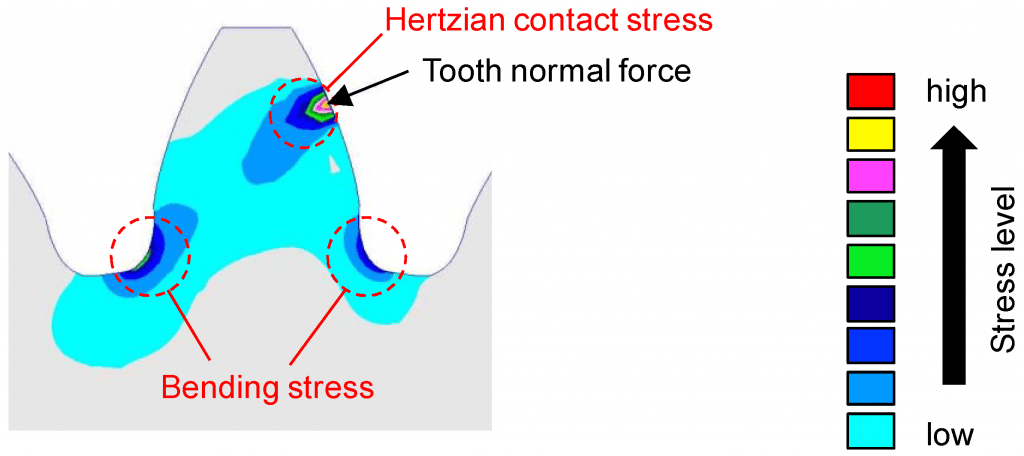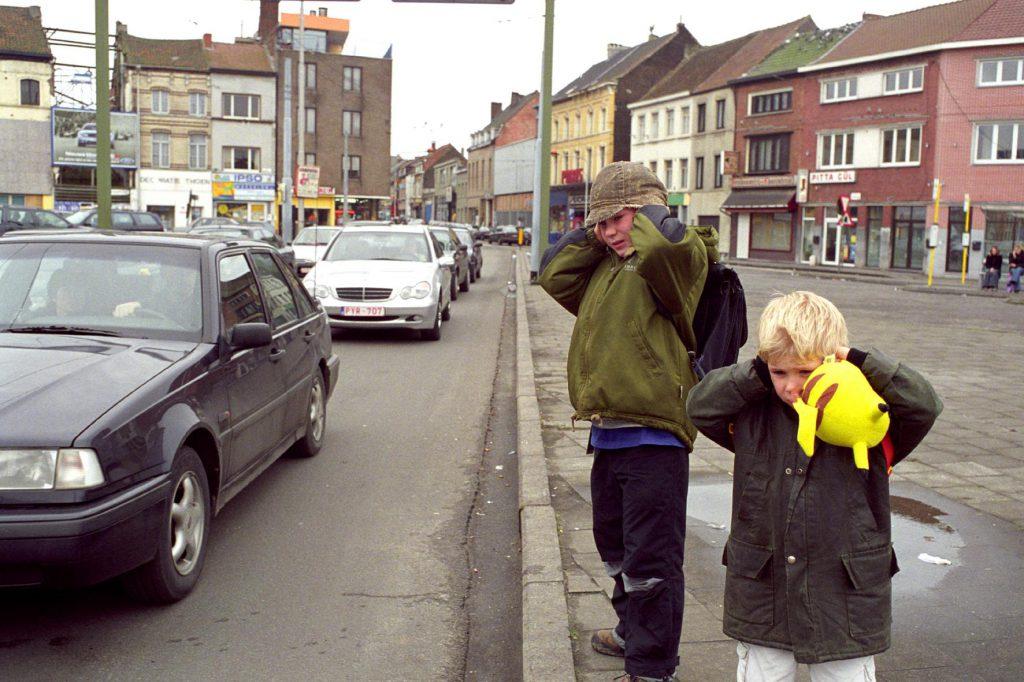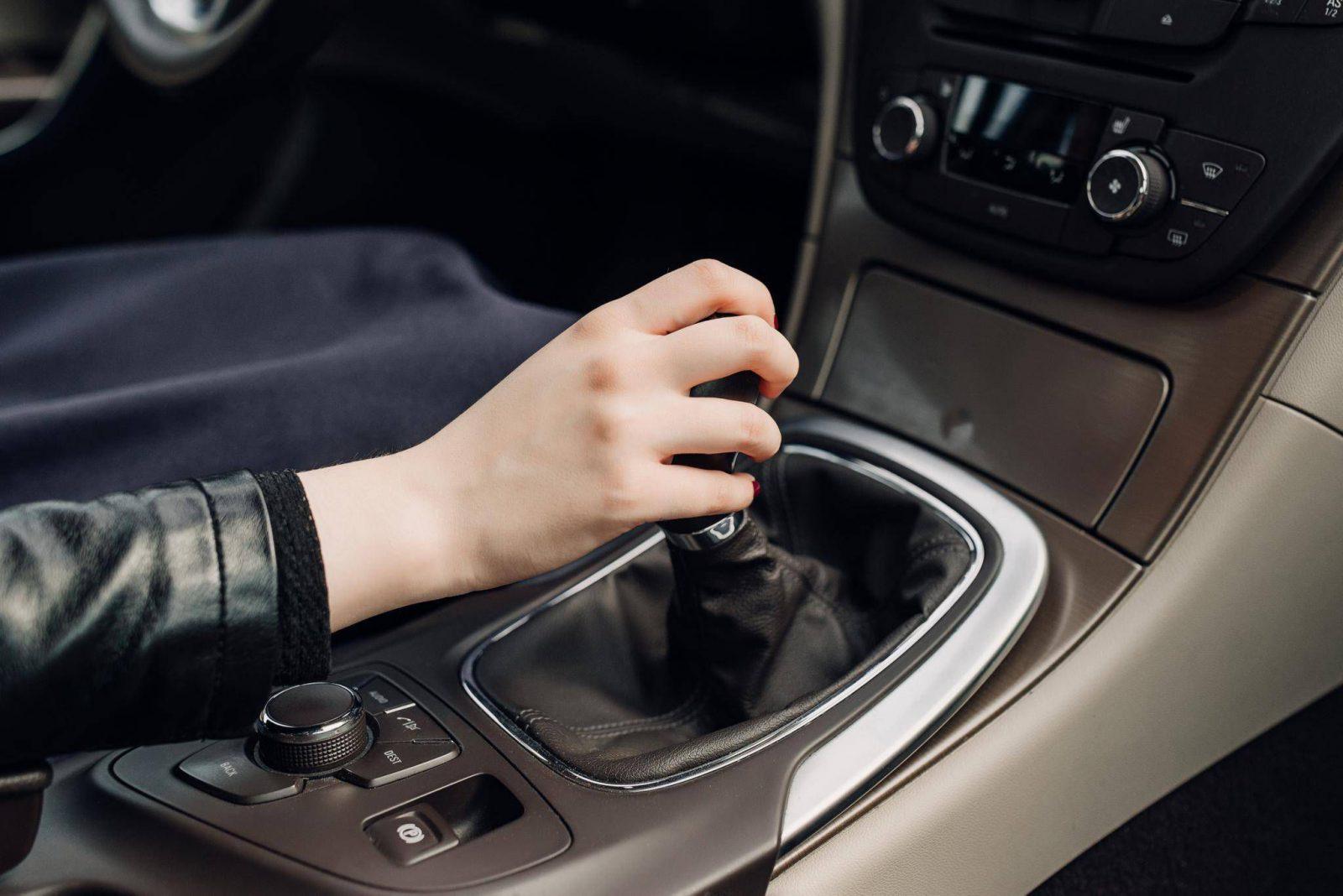Driving in a car, if crops up certain mindless questions like “what will happen after shifting from Drive into Reverse while driving?” we would suggest not to spur into this experiment immediately. As to end up your curiosity, the driving experts have gone ahead and researched on this exercise.
Also, pondering the outcomes, if conjure mental images of engine blast or transmission failure, then stop and first, explore the reality here.
Contents
Backlash of Shifting from Drive into Reverse while Driving
“Reverse” is a simple gear mechanism that rotates the wheel in opposite direction to all other gears. That’s why it’s difficult to throw the transmission in reverse when the car is moving forward. However, those who try this forced action may have to face the catastrophic repercussions leading complete damage to the gearbox. Some of the problems that may arise involve,
1. Gear Tooth Failure
While driving the car forward, the shift in reverse mode subjects to a sudden shock-load, which is more than the system is designed for. As a result, the tooth gear suspects bending.
And, when the same action is repeated for a large number of cycles, this causes cracks in the root of the gear tooth. Spreading with each rotating cycle, ultimately it leads to failure of the gear tooth.

2. Engine Stalling
Usually, gear shifting from drive into reverse while driving; causes stress on the transmission and engine. This further causes the rpm to drop significantly. As a result, the engine stumbles, and finally dies off.
Note: This condition is mainly observed in case the engine is cold.
3. Damage the Transmission
As discussed earlier, the motor stalling and tire locking will occur on sudden shift to reverse gear while moving forward. In fact, this forceful action will transmit a large amount of torque to the input shaft, making the tires to rotate in opposite direction.
However, putting so much of the torque in less time destroys the transmission because reverse gear is not designed to handle that much of the torque value.
READ MORE:
- After Effects of Skipping Gear in Manual Transmission
- Results of Shifting to Reverse Gear at a High Speed
Backlash of Shifting from Drive into Park while Driving
In a modern transmission, shifting from drive into park while driving actually brings the pawl into operation. Installed to prevent the car’s movement, the involvement of parking pawl can be dangerous unless the vehicle stops.
This device connects to the spring in a car that forces the pawl to fits into the notch of a wheel. If the vehicle is in resting position, the pawl will roll slightly taking its actual position. However, in case the action is repeated while the car is in motion, this may produce an obnoxious sound and in the worst scenario, may break the pawl.

Therefore, if you wish to ignore an expensive transmission repair, it’s better to follow the recommended driving tips.



